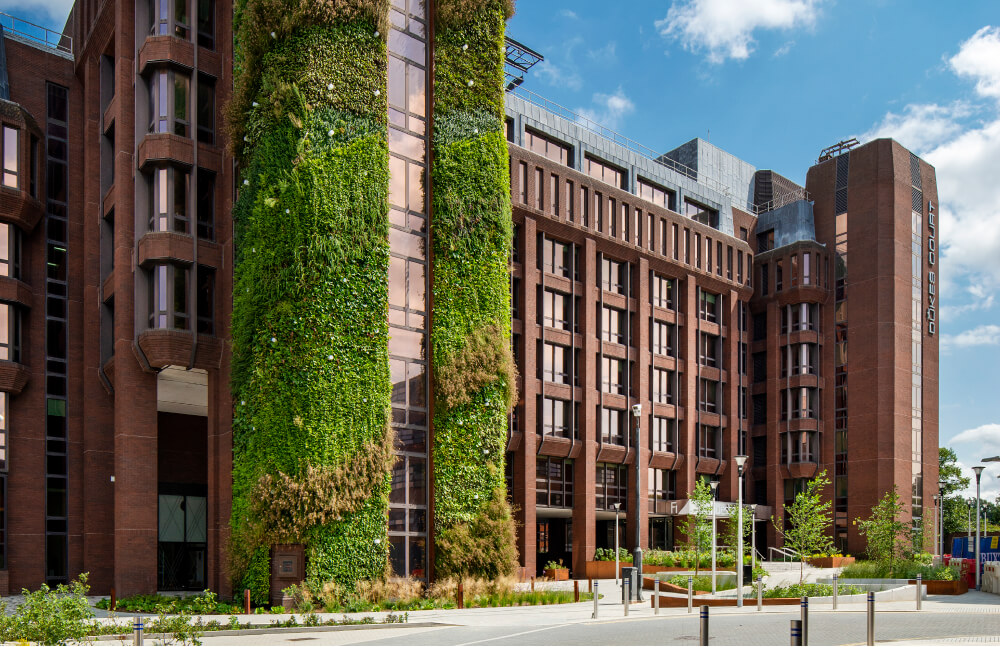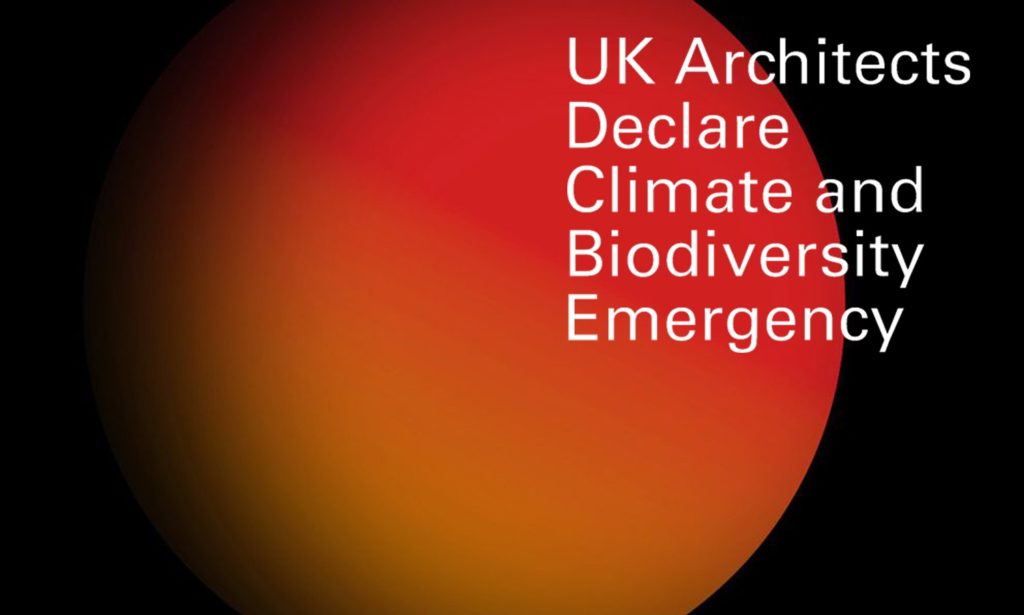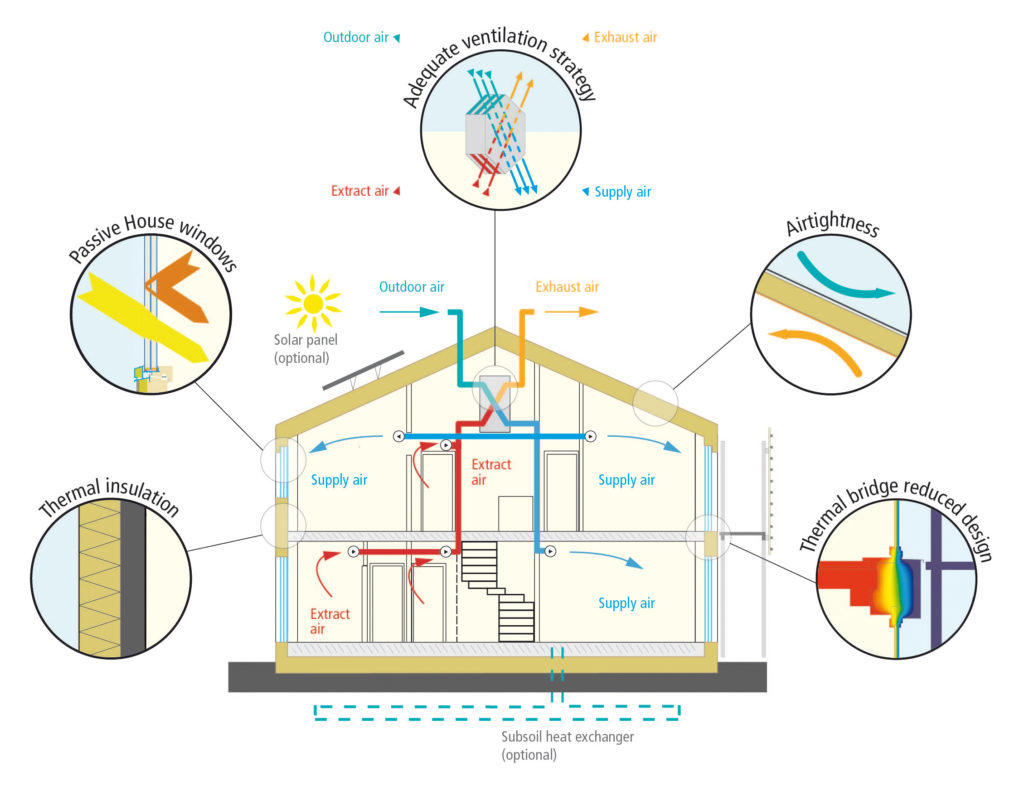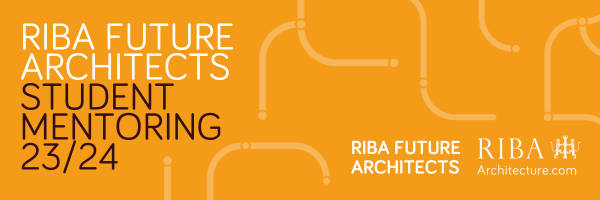In the last few years there has been a growing understanding and not least awareness of the impact that construction has on the energy usage and emissions percentages of the UK. Buildings play a significant role in the transition to clean energy. Buildings, construction and usage account for nearly 40% of energy related CO2 emissions.
Despite this, the scale of urban growth and construction in particular shows no sign of slowing down, resulting in loss of habitat and increase in greenhouse generation year on year. Our current approach and use of regulatory tools to regulate building performance have not resulted in significant reductions in emissions that must happen.
There is clear evidence to suggest that buildings do not perform as well in use as designed. Recent studies have shown that the performance gap between designed and in use is often between 5 and 10 times higher than compliance calculations suggested.
There are a multitude of reason for this, including Design assumptions do not correctly reflect the in-use performance; unregulated energy use such as server rooms or computers not taken into account; building practices that were acceptable 20 years ago are no longer acceptable.
In June 2019 The Government passed a law requiring the UK to end its contribution to global warming by 2050 by bringing all greenhouse gas emissions to net zero. It also heeded the advice contained in the report by Committee on Climate Change “UK: Fit for the Future” to ban fossil fuel heating by 2025, broadly seen as a ban on gas boilers.
This was followed up with the release of the Future Homes Standard consultation and in December last year the new Approved Documents were published.
Whilst an improvement over the previous standards, and the introduction of Part O which seeks to address the issues of overheating in domestic buildings is a significant introduction, the lack of regulation of energy in use will fail to address the very real issue of the performance gap noted above. Without this metric, our built environment will not be able to decarbonize at the required rate to meet our 2030 commitments of reducing operational energy by at least 60%
Addressing new buildings is only half the story though. A report written back in 2010 recognised the issues facing us with our existing building stock. By 2050 at least half of the buildings in use have already being built. The older the building the greater the energy use. These buildings, if we are serious about reducing our collective carbon footprint, must be retrofitted to better than current standards. Housing that is being constructed now, will have to be retrofitted to meet net zero carbon standards.
Over the last year no-one can have failed but to notice the issues raised by Insulate Britain. Thousands must choose between heating or eating. Whilst many will disagree with their tactics, surely none can disagree with their aims.
For it is by only retro fitting our existing housing stock to the highest of standards such as the Passivhaus EnerPhit can we begin to address reducing the energy that our buildings consume. What does this mean for the householder? In simple terms, fuel bills reduced by 80% because of lower consumption, reduction of unwanted draughts, fresh filtered prewarmed ventilation. It is by following this strategy that is possible to alleviate fuel poverty and improving people’s lives.
Designing a Zero-Carbon Future
We need to design buildings that are low-carbon, energy and water efficient, climate resilient, healthy and desirable. A rigorous determination to tackle carbon from buildings will make the 2020’s a decade of building renewal that takes long overdue action on carbon emissions from building.
To this end Noviun have committed to adopting the Passivhaus Standard. We have recently had two Architects qualify as Pasivhaus Designers. We want our clients to have comfortable low energy buildings that have high indoor air quality and have a minimal impact on the environment and to meet the latest aspirations of the DfE by reducing carbon emissions to zero across their estate by 2050.
A big thank you to Business South for inviting us to input into the magazine.






